March, July, or October: When Should You Visit Kenya

Have you ever dreamt of witnessing the breathtaking spectacle of the Great Migration, or basking in the sun on pristine Kenyan beaches? You’ve probably also wondered when the best time to visit Kenya is. Should you plan for December, is July better, or even February?
Kenya is one of those year-round tour destination countries in the world. We have abundant wildlife, luxury gateways for you to “get away from it all,” white sand beaches to explore, and a rich cultural heritage.
In this comprehensive guide, we’ll explore the best time to visit Kenya, taking into account weather, wildlife, and unique experiences. This way, you can plan the adventure of a lifetime.
Short Summary
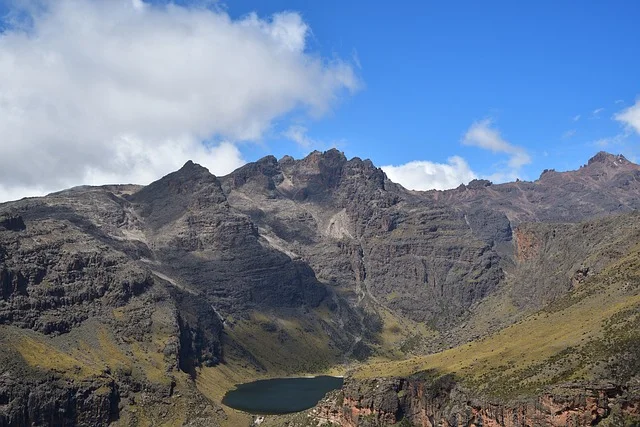
- The dry season from June to October is The best time for game viewing in Kenya, while rainy seasons offer lower prices and fewer crowds.
- The Masai Mara National Reserve is renowned for its year-round exceptional wildlife viewing opportunities, while other parks may require seasonal considerations when planning a visit.
- Beach holidays or mountain climbing can be enjoyed throughout the year. The optimal months are January and February.
Ideal Seasons for Travelling to Kenya
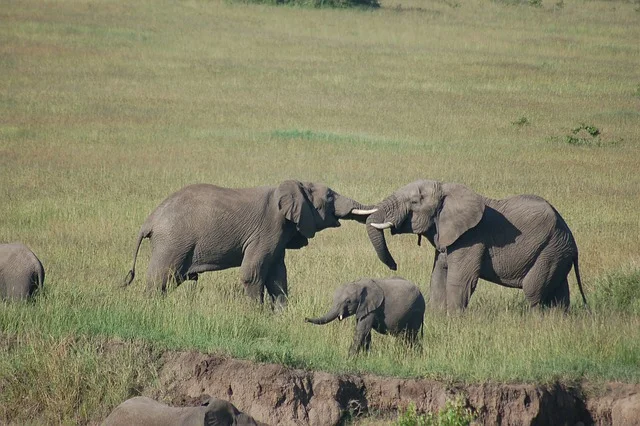
Kenya is a land of diverse experiences, offering visitors a rich tapestry of landscapes, wildlife, and cultural encounters.
But even here timing is everything. The summer season that runs between June to October is generally the best time to visit Kenya for anyone who loves wildlife viewing. Not only is the weather favorable, but vegetation is limited which improves visibility, and animals can be seen at the few watering holes.
Besides, the wildebeest migration spectacle takes place during this time. You’ll have an opportunity to witness numerous migratory herds embark on a life-threatening journey in search of pasture.
The rainy season brings with it lush vegetation and is perfect for photography safaris. It attracts fewer crowds and opportunities for lower prices. Unfortunately, the roads are tougher to navigate during this time, and some camps close down until the season ends.
Summer Season: Generally Dry and Great for Wildlife Viewing
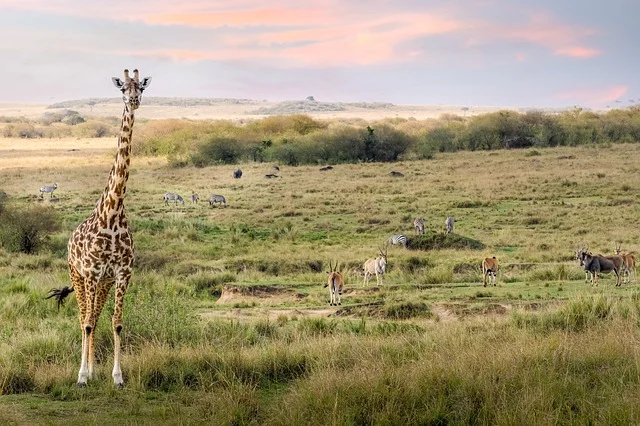
The summer season in Kenya is characterized by a generally dry climate, making it the best time to visit for game viewing. During this time, temperatures range from 15 to 30 degrees Celsius, with low humidity levels.
It creates a comfortable environment for exploring the country’s breathtaking landscapes and witnessing the astonishing abundance of wildlife in their natural habitat.
August, in particular, is a great month for visiting Kenya, as it coincides with the peak of the wildebeest migration.
This remarkable event sees millions of wildebeest, zebra, and other animals traverse the Serengeti in Tanzania to the Maasai Mara in Kenya. It’s an unforgettable spectacle for those fortunate enough to witness it.
What To Pack for an African Safari?
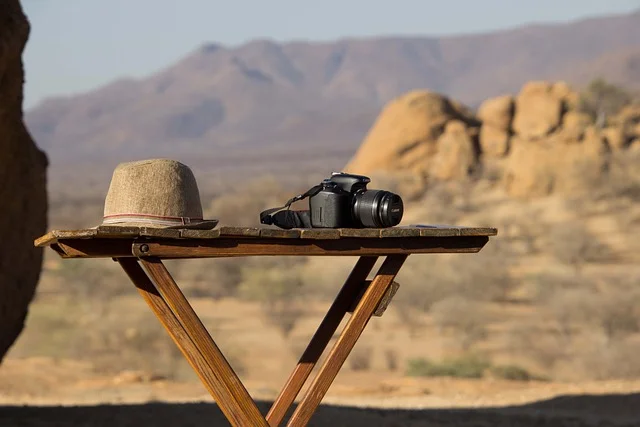
When you visit Kenya for a bush safari, carry neutral-colored clothing that includes long-sleeved shirts and pants to protect you from insect bites and brushes with nature.
A light jacket will keep you warm in the evenings, or when you are going out for an early morning or late night drive.
Throw in sturdy sneakers, sandals, a hat, sunscreen, insect repellent, binoculars, your phone or camera to capture once-in-a-lifetime moments.
Rainy Seasons: Lower Prices and Fewer Crowds
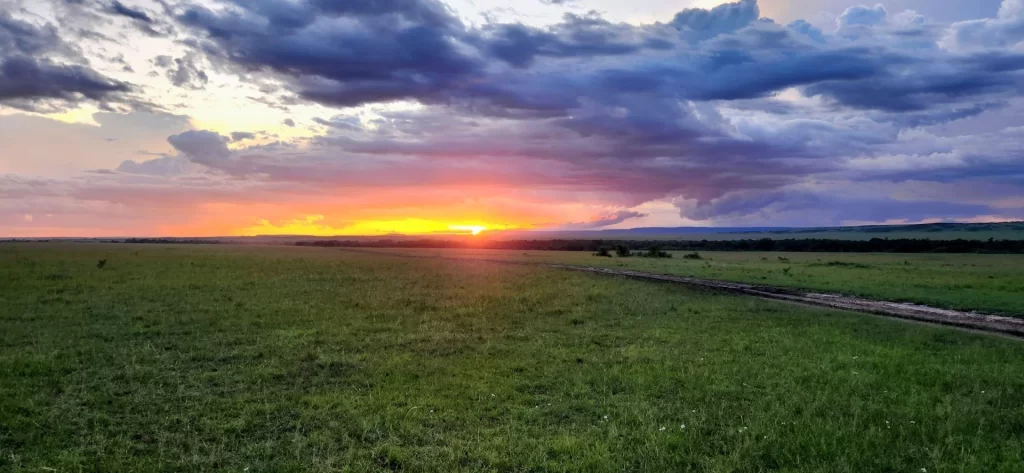
For travelers on a budget, the rainy seasons in Kenya offer unique opportunities to explore the country’s stunning landscapes and wildlife at a more affordable price. With reduced costs and fewer visitors, you can enjoy a more intimate experience of Kenya’s natural wonders.
The temperature during the rainy season remains relatively stable, ranging from 15 to 30 degrees Celsius.
Although heavy rainfall can occasionally impede access to certain areas, the game-viewing action continues despite the rains, providing visitors with the chance to witness the country’s diverse wildlife.
If you’re planning on visiting Kenya during the rainy season then April to June and October to November should be on your radar.
Bird Watching
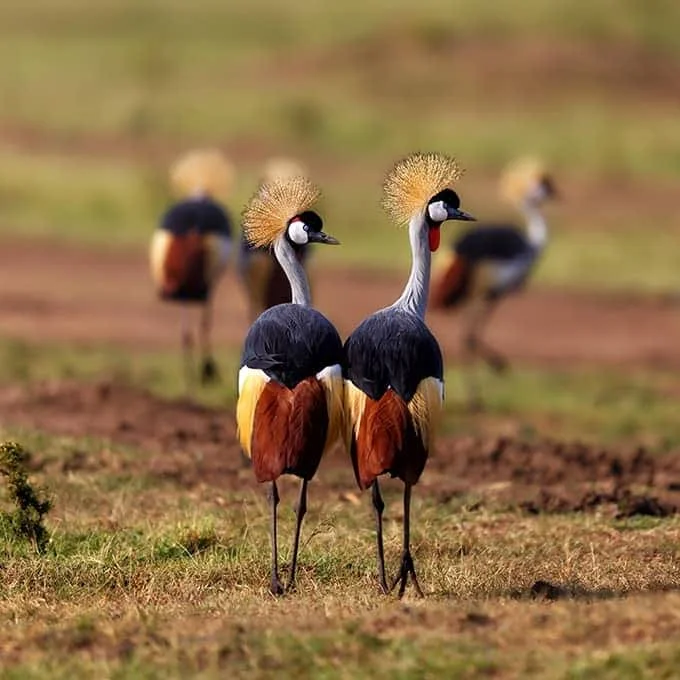
December is an optimal time for birdwatching, as it falls between the long dry season and the rainy season, as in the month of April.
During this team, parks are teeming with insect life, and the rivers brimming with frogs and catfish. Clouds of migratory birds from Northern Africa and Europe swoop into the parks in search of food.
You can see the African Fish eagles, Ground hornbills, yellow-billed storks, grey herons, and Lesser Kestrels hunting across the lush grasslands
Visiting Kenya During the Great Annual Migration
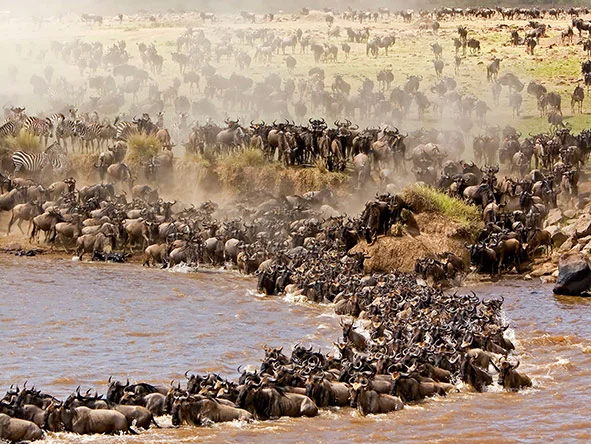
The wildebeest migration is an awe-inspiring natural phenomenon that attracts thousands of visitors to Kenya each year.
This world-renowned event sees millions of wildebeest, zebra, and other animals embrace a difficult journey from the Serengeti, in Tanzania to the Maasai Mara in Kenya.
Timing the Great Migration
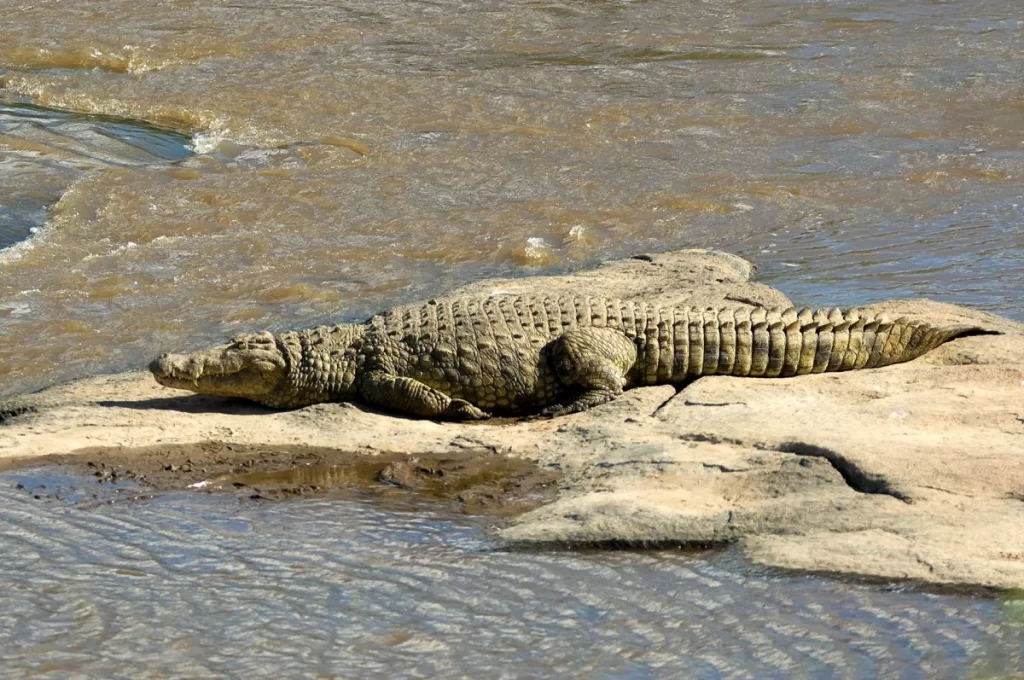
The annual migration typically occurs between July and October. During this time, vast herds of wildebeest and other animals can be observed crossing the Mara River, braving its treacherous currents and the ever-present threat of predators.
The best time to visit Kenya to observe this spectacle is during the peak period in August and September.
Best Locations to Witness the Migration
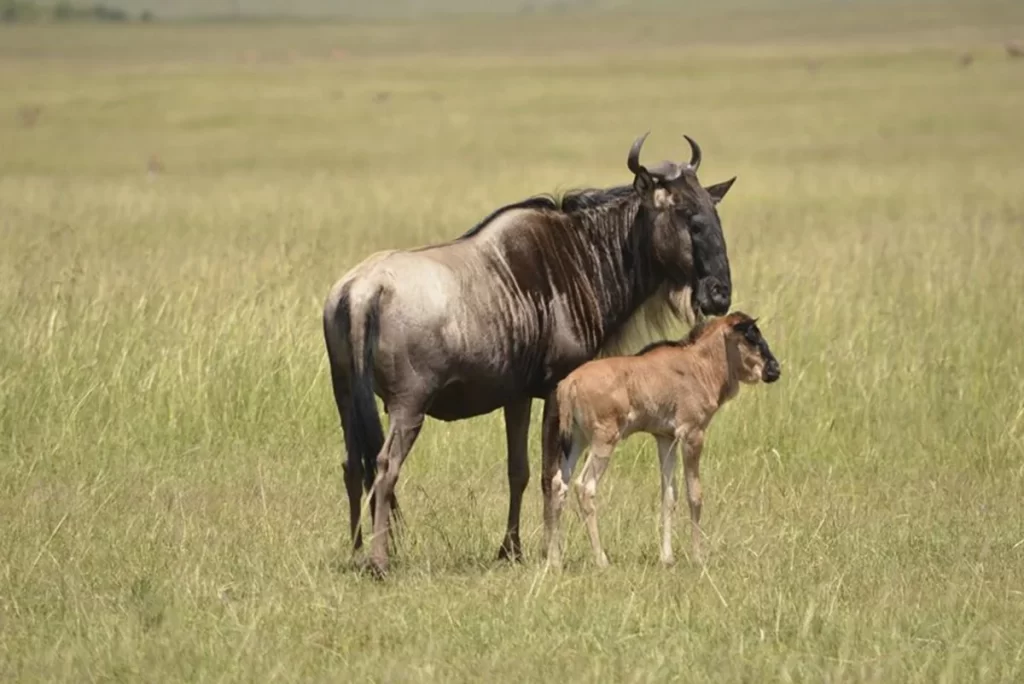
To fully immerse yourself in the spectacle of the Migration, it’s crucial to choose the right location. The Maasai Mara National Reserve in Kenya and the Serengeti National Park in Tanzania are the two most optimal locations to observe this incredible event.
Since the Maasai Mara is the final destination for migrating herds, it’s the most ideal location for witnessing the migration. You will be rewarded with ample opportunities for wildlife viewing.
Exploring Kenya's National Parks
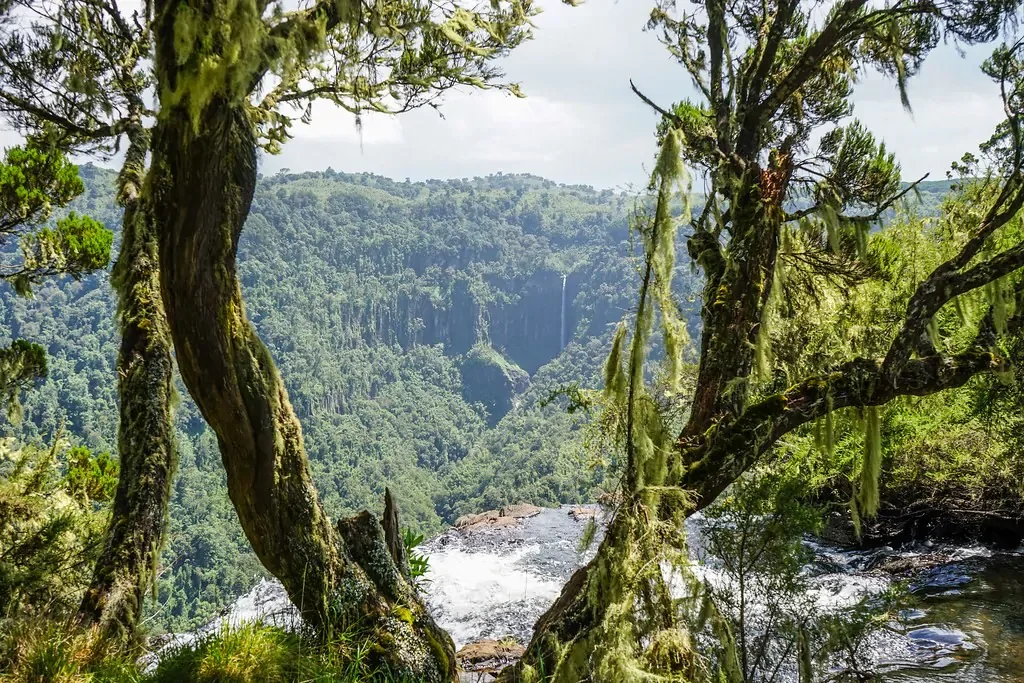
Kenya boasts a wealth of national parks that offer visitors the chance to experience the country’s diverse landscapes and wildlife.
From the arid savannahs of Tsavo National Park to the lush forests of Aberdare National Park, there are countless opportunities for adventure and discovery.
In the sections below, we’ll delve into the unique experiences offered by some of the best national parks in Kenya.
The Masai Mara National Reserve
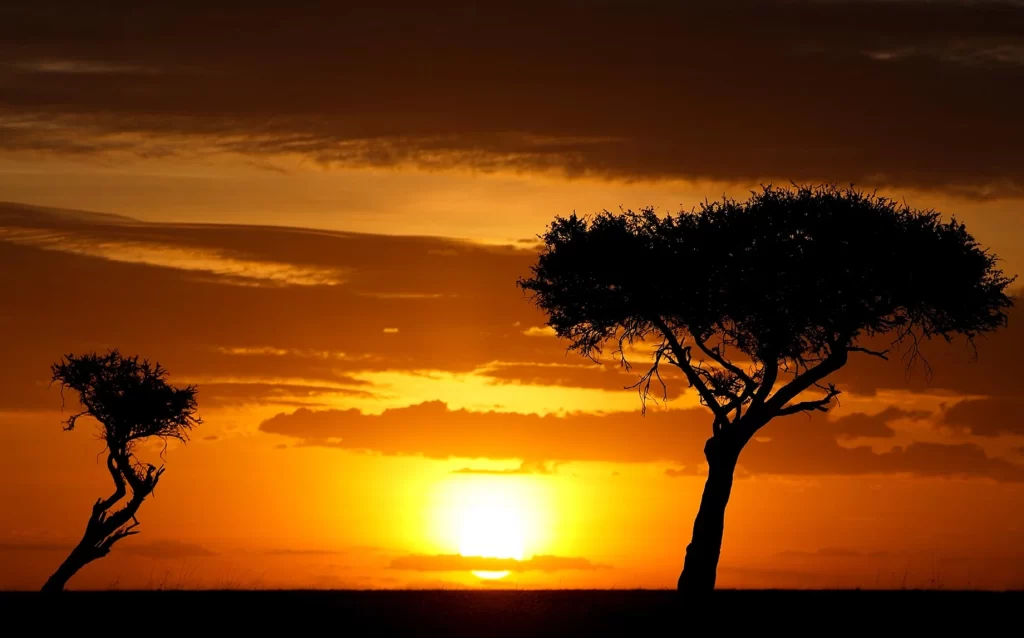
The Masai Mara National Reserve is renowned for its diverse landscapes and exceptional wildlife viewing opportunities. All the Big Five—lion, elephant, rhino, leopard, and buffalo are present within its boundaries.
Visitors to the Masai Mara can enjoy game drives, hot air balloon rides, and bush walks for t truly authentic taste of Kenya’s natural beauty.
The Amboseli National Park
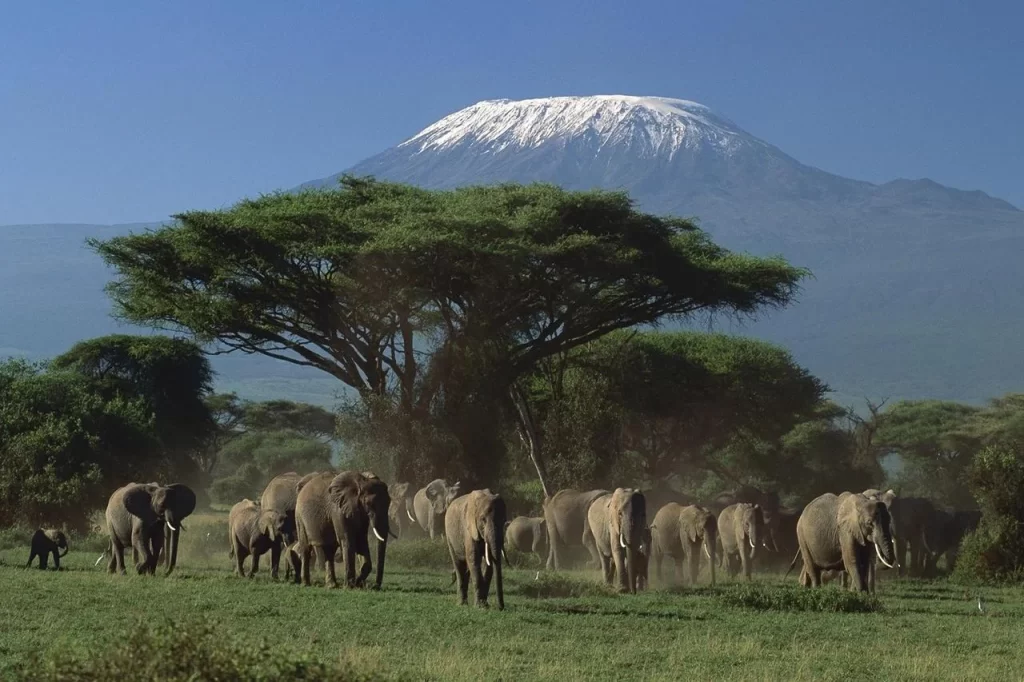
Albeit smaller than the Masai Mara, Amboseli holds its own in terms of wildlife. Here, there’s no “best time to visit scenario” since wildlife is present in the park all year round.
You will encounter big herds of free-ranging elephants, buffalos, gerenuks, gazelles, zebras, giraffes, wild dogs, lions, cheetahs, and spotted hyenas.
Its smaller size means you can see more animals in a shorter time. And let’s not forget the awesome views of Mt Kilimanjaro, the world’s highest free-standing mountain.
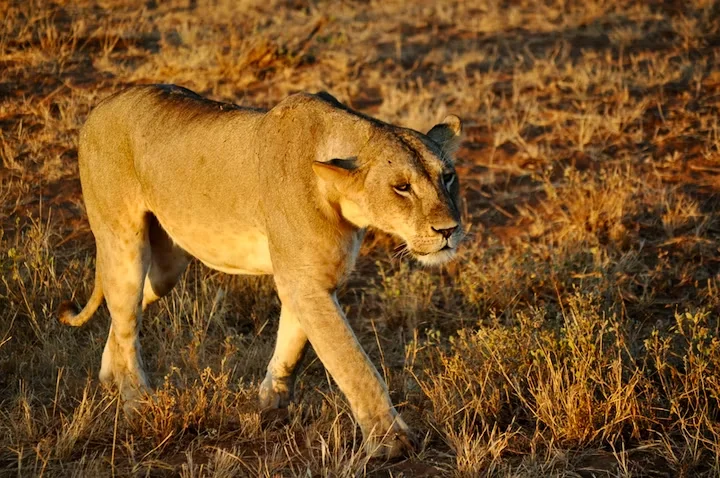
Once upon a time the man-eating lions of Tsavo nearly hindered the construction of the Kenya-Uganda railway. Today, you can watch these fierce lions from the comfort and safety of your tour van.
Whether you want to visit Kenya in February, March, June, November, or December, you’ll enjoy magnificent game viewing at this park. Resident animals include lions, leopards, cheetahs, red elephants, rhinos, buffalos, and hippos.
Birders also have something to look forward to as the park is home to several unusual bird species and receives migratory birds between October to April.
Beach Holidays and Mountain Climbing in Kenya
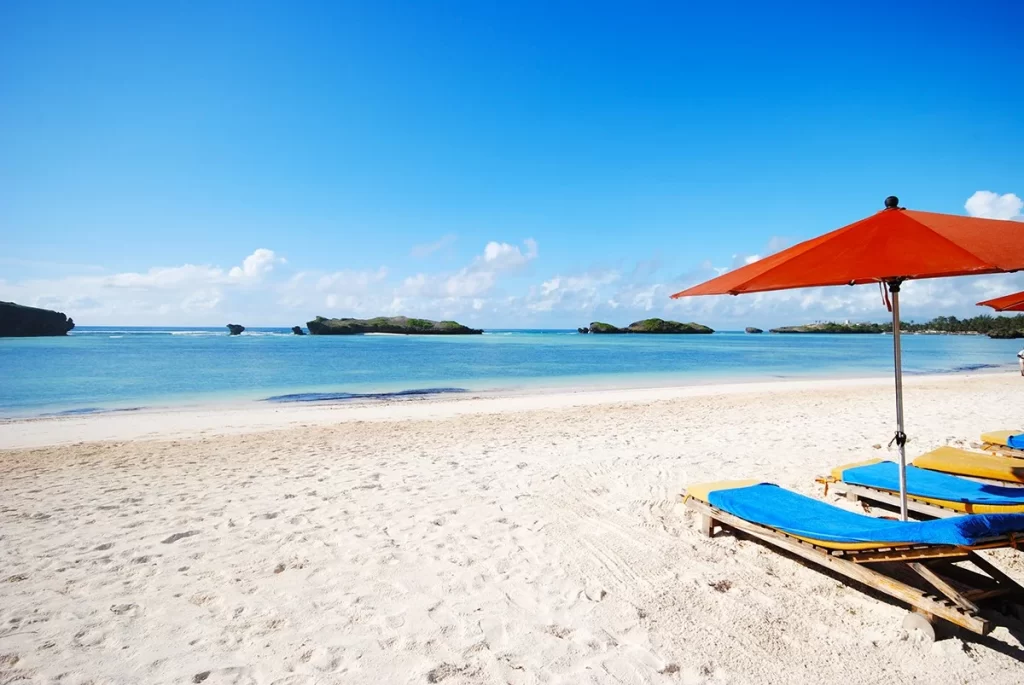
For those seeking a more leisurely experience, Kenya’s idyllic beaches, and awe-inspiring mountains offer the perfect escape.
Whether you’re looking to unwind on the pristine shores of the Indian Ocean or challenge yourself with a trek up Mount Kenya, this versatile country has something for everyone.
Optimal Months for Beach Escapes
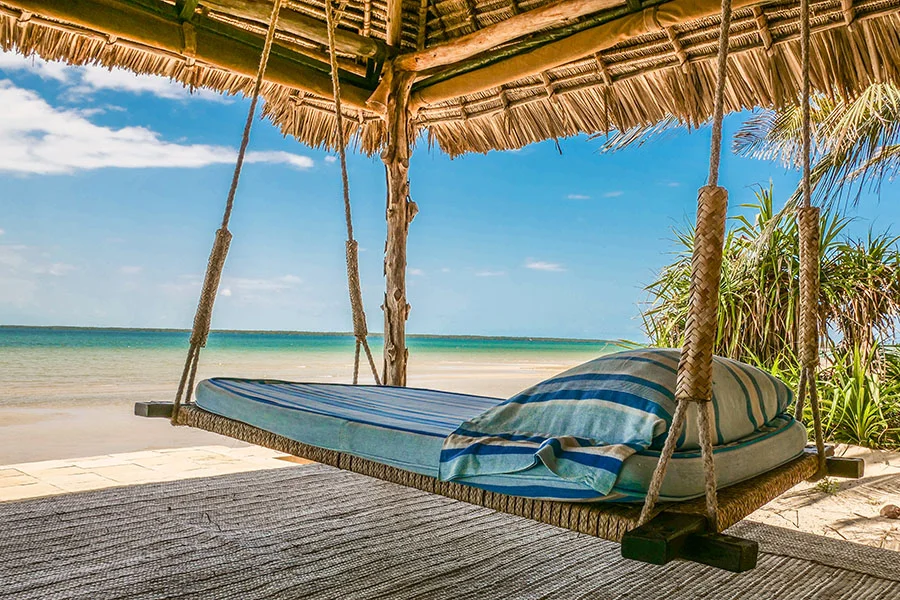
If you’re dreaming of sun-kissed beaches and crystal-clear waters, then the best time to visit Kenya is in January, February, and December.
During these months, the temperatures are temperate, averaging around 25°C (77°F), and the weather is arid. Perfect for lazing on the beach or indulging in water sports.
Kenya’s coast boasts a variety of stunning beach destinations, from the bustling city of Mombasa to the tranquil shores of Diani Beach. With its warm climate, pristine beaches, and vibrant marine life, a beach holiday in Kenya is the ideal way to unwind and soak up the sun.
Climbing Mount Kenya: Best Time and Preparations
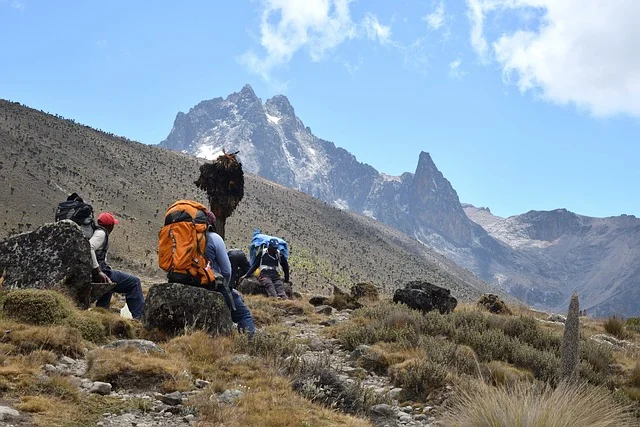
For those seeking a more adventurous experience, climbing Mount Kenya offers an incredible challenge and reward. The views from its summit are unbeatable.
The best time to visit Kenya to ascend Mount Kenya is during the dry months of January and February. At this time, the climate is arid and the temperatures are temperate, averaging around 10°C (50°F).
For a successful climb, you’ll need to arm yourself with all the necessary mountain climbing gear and supplies, including appropriate clothing, sustenance, and hydration.
Further, be aware of the potential hazards associated with mountain climbing such as altitude sickness and other weather-related challenges. It can get pretty cool up there.
Navigating Kenya's Time Zones and Daylight Saving Time
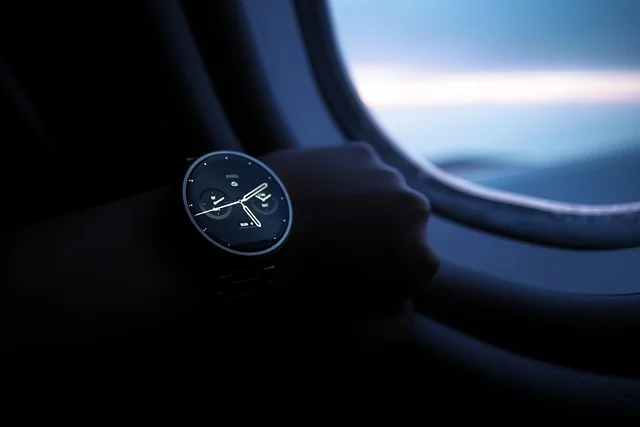
As you plan your trip to Kenya, it’s important to familiarize yourself with the country’s time zones and daylight-saving time practices.
In the sections below, we’ll provide information on Kenya’s local time zone and the non-applicability of daylight saving time, to help make your travel planning process as smooth as possible.
Kenya Time: Understanding the Local Time Zone

Kenya operates on Eastern Africa Time (EAT), which is UTC+3. India is ahead of Kenya by 2 hours and 30 minutes. It will be important for you to adjust your watch and electronic device to match the current local time.
Daylight Saving Time: Not Applicable in Kenya

Unlike some countries, Kenya does not observe daylight saving time, which means there are no clock adjustments for the summer months. This simplifies travel planning and helps to ensure that your itinerary remains on track throughout your visit.
Let Us Help You Find the Best Time To Visit Kenya
From the awe-inspiring spectacle of the Great Migration to the tranquil shores of Kenya’s pristine beaches, this diverse country offers a wealth of experiences for travelers.
Understanding the best time to visit Kenya and the practicalities of time zones and daylight saving time, allows you to plan the perfect adventure.
Our senior consultant, James Gatheru, will help you identify the best time to visit Kenya so you can create unforgettable memories in this remarkable destination.
We invite you to contact us via phone or WhatsApp at +254-704-532-105. You can also connect with us via email at safarioffers@kenyaluxurysafari.co.uk or safarioffers@ajkenyasafaris.com.
Frequently Asked Questions
Which is the best month to visit Kenya?
The best months to visit Kenya are from June to October as they offer the ideal weather for a wildlife safari and coincide with the great wildebeest migration.
If you want to enjoy time by the beach then December through to February are perfect for planning your trip. Bird lovers will need to keep an eye on November to April.
What Is High Season in Kenya?
The high season in Kenya is typically from June to October and January to February when the weather is warm and dry, allowing for excellent safari and beach holiday experiences.
These months are the best time to visit Kenya for a bush safari or beach holiday, as the weather is ideal for outdoor activities. Warm temperatures and clear skies are perfect for exploring the country’s natural beauty.
How Far Ahead Is Kenya Time?
Kenya is 2 hours and 30 minutes behind India.
When Is the Great Migration in Kenya?
The Great Migration in Kenya takes place between July and October, with the peak occurring in August and September.
Does Kenya Observe Daylight Saving Time?
No, Kenya does not observe daylight saving time.

